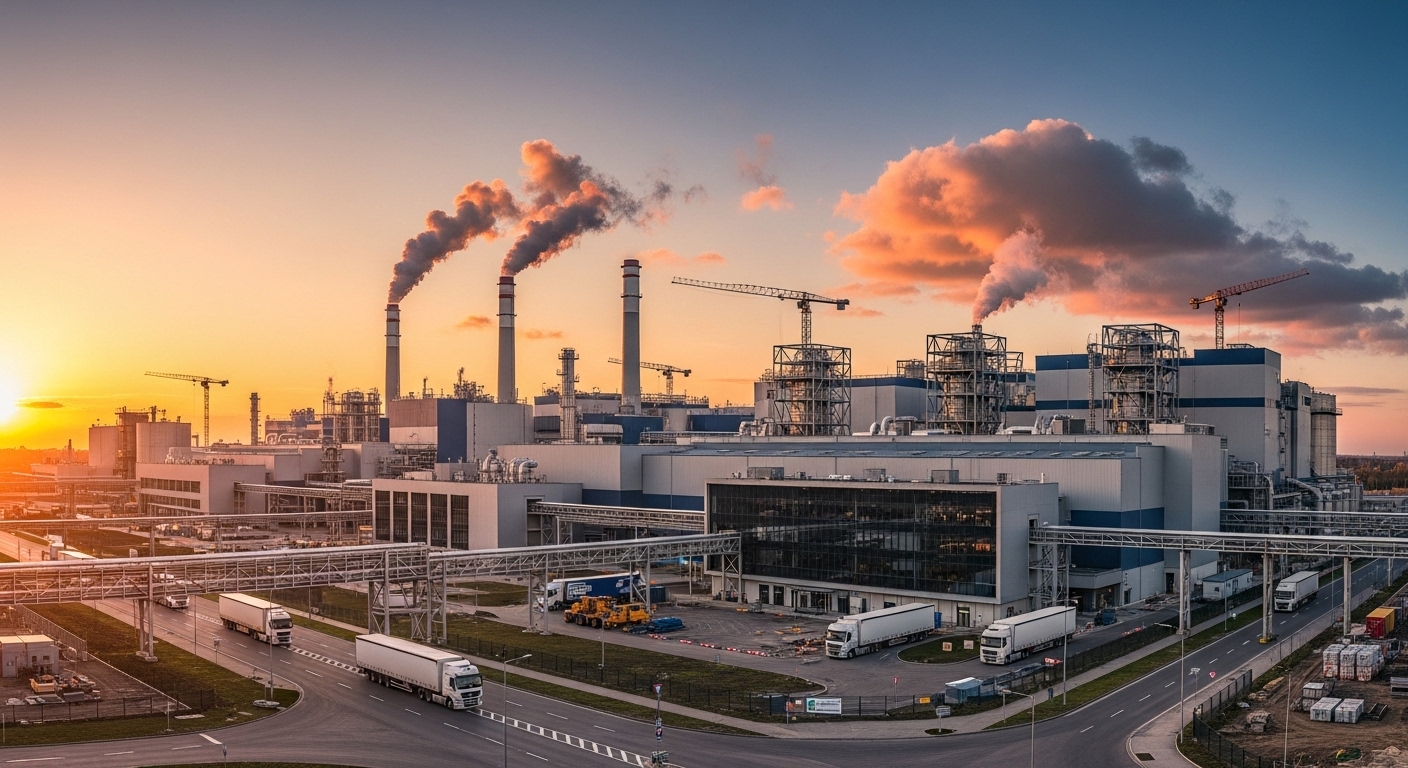After recording a record growth in investment capital in the first seven months of 2025 through the end of August, Cambodia could continue to break records in attracting more investment.

During the period from January to July 2025, Cambodia attracted a total of 440 investment projects with an investment capital of over $6.7 billion, of which $4.7 billion was in the industrial sector, $1.5 billion in infrastructure, $356 million in agriculture and agro-industry, and $167 million in tourism. These projects will create jobs for up to 310,000 people.
After seven months of very favorable conditions, the Council for the Development of Cambodia (CDC) announced at the end of August that Cambodia may give the green light to 13 additional eligible projects. According to what the Cambodia Investment Council revealed, these investment projects have a total investment capital of approximately $99 million and can create more than 5,000 additional jobs.

These investment projects have investment targets in 11 industrial sectors, including car repair projects, production of trailer equipment and accessories, production of car accessories and decoration materials, production of lighting equipment, decorative electrical equipment and all types of electrical accessories, production of Christmas trees, Christmas tree decorations and accessories of all types, production of all types of furniture, production of cardboard, production of sponges, production of plastic bags, adhesive tape and marker paper. In addition, there are two agro-industrial projects, namely a rubber processing factory project.
The 13 investment projects mentioned above have been proposed to be located in Phnom Penh, Kandal, Takeo, Kampong Speu, Kampong Chhnang, and Tbong Khmum provinces.

Icon by AI
Regarding this situation, analysts have mentioned that With the projects that have been approved and those that are planned to be approved, it may be enough to solve the problems of the Cambodian workers who have returned from Thailand after the border hostilities, approximately 300,000 to 500,000.
At the same time, analysts also asked the workers to be patient and adapt to the work environment because in general, the working conditions in the factory may have different rules, regulations, and responsibilities from some of the jobs that the workers used to do in Thailand.
He continued that in general, if the workers who return home have worked in industrial factories, it is not a problem because the working conditions are similar. But the problem is that most of the workers who return are construction workers, agricultural workers, fishermen and retail services, so when they have to work in industrial factories, it is not normal. There may be some problems, but if they have the determination and perseverance to adapt to the work, they will recover.

